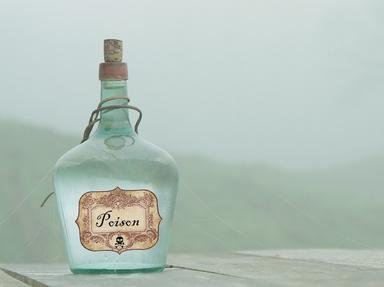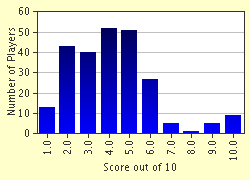Quiz Answer Key and Fun Facts
1. Which continent has more venomous snakes than harmless ones?
2. Which of the following is not a species of rattlesnake?
3. Which of these statements about the black mamba is not true?
4. Worldwide, more people are killed by scorpion stings than by snake bites.
5. What lizard family includes poisonous species?
6. Which of these fish has a venom as powerful as rattlesnake venom?
7. Which of these common meadow flowers is poisonous?
8. Amanita phalloides, the death cap, is thought to be responsible for 90% of deaths by mushroom poisoning. Its poison is a kind of amatoxin. What is its major fatal effect on the human body?
9. Digitalis purpurea or foxglove produces digitoxin, a powerful cardiac glycoside. Used in the proper dosage it strengthens the heart and helps it beat more effectively. Overdoses can be deadly. These properties have been known as early as 1500 BCE, but who is credited with introducing digitalis into the practice of medicine?
10. The Darwin Awards are given to those who "improve the human genome by accidentally killing themselves in really stupid ways". What did Wayne Roth do to get nominated for a Darwin Award in 1997?
Source: Author
catamount
This quiz was reviewed by FunTrivia editor
crisw before going online.
Any errors found in FunTrivia content are routinely corrected through our feedback system.


